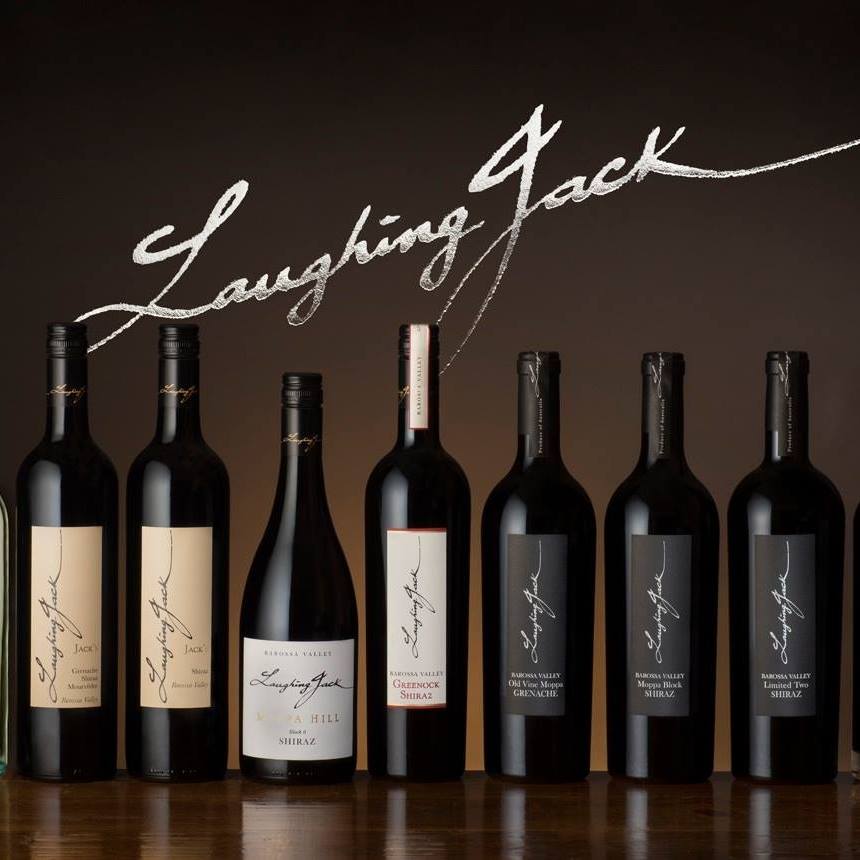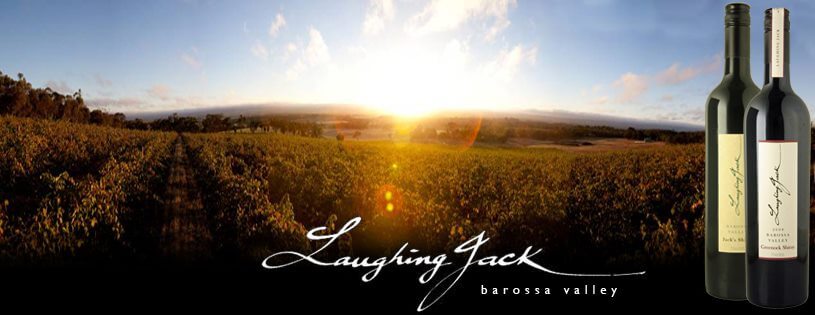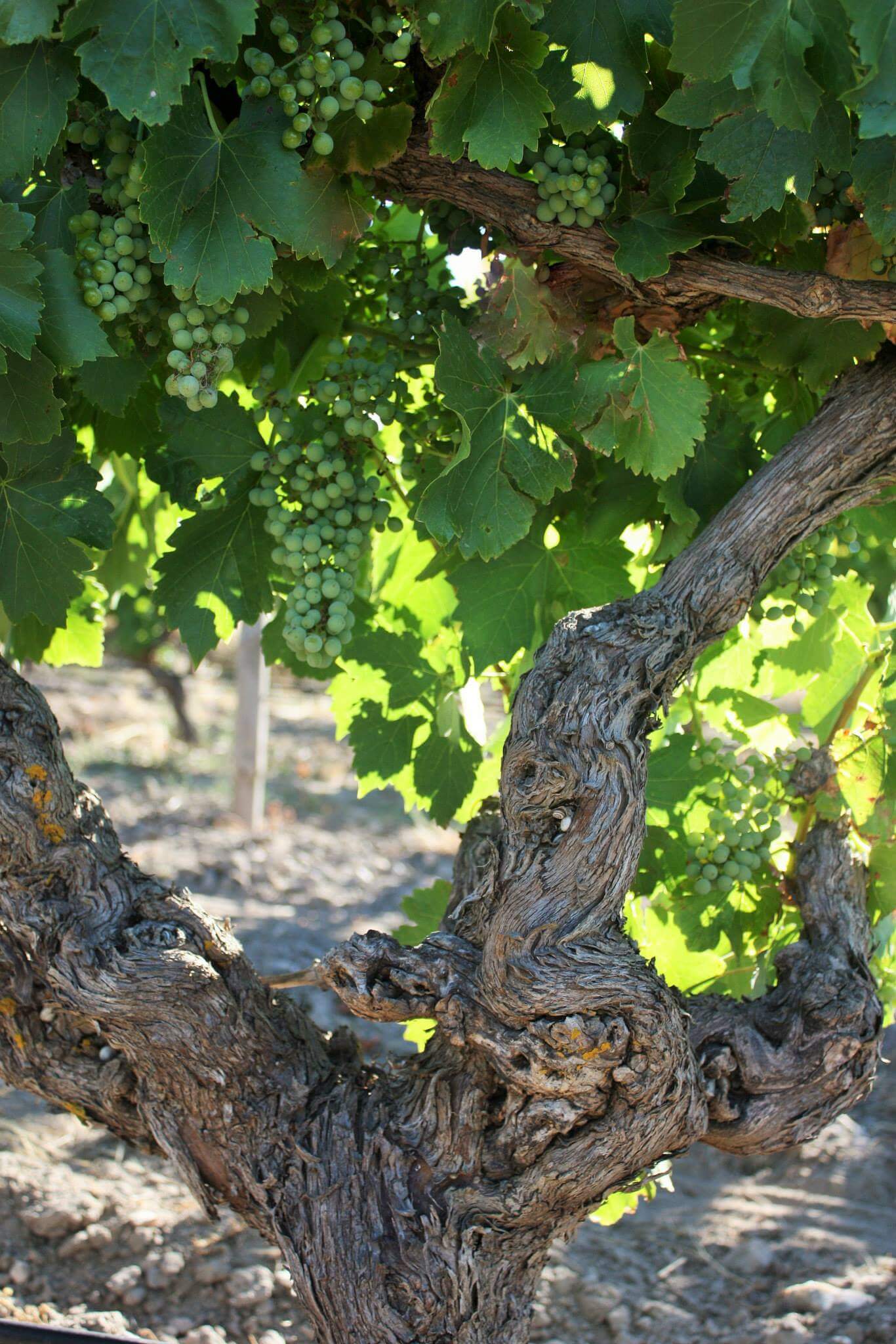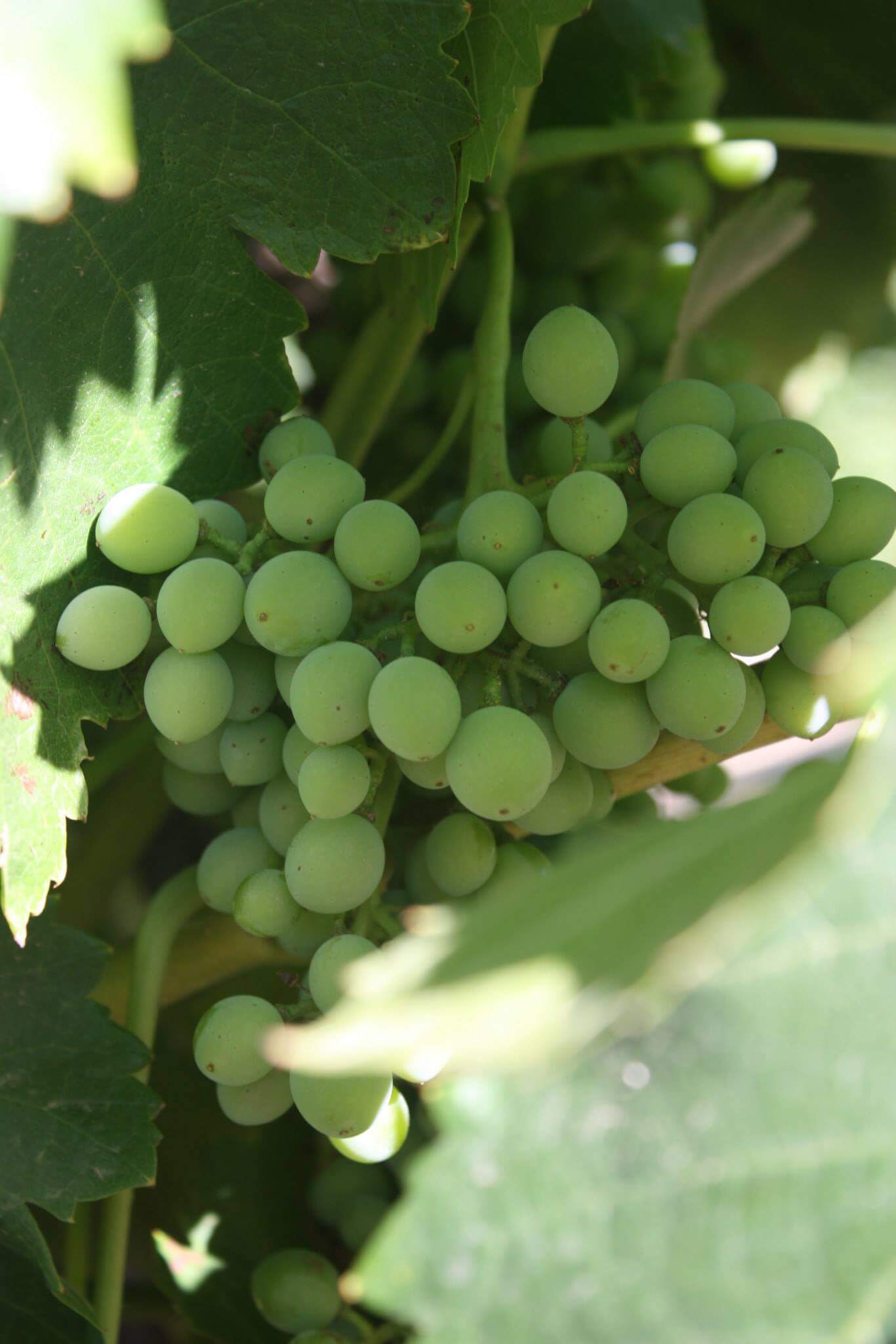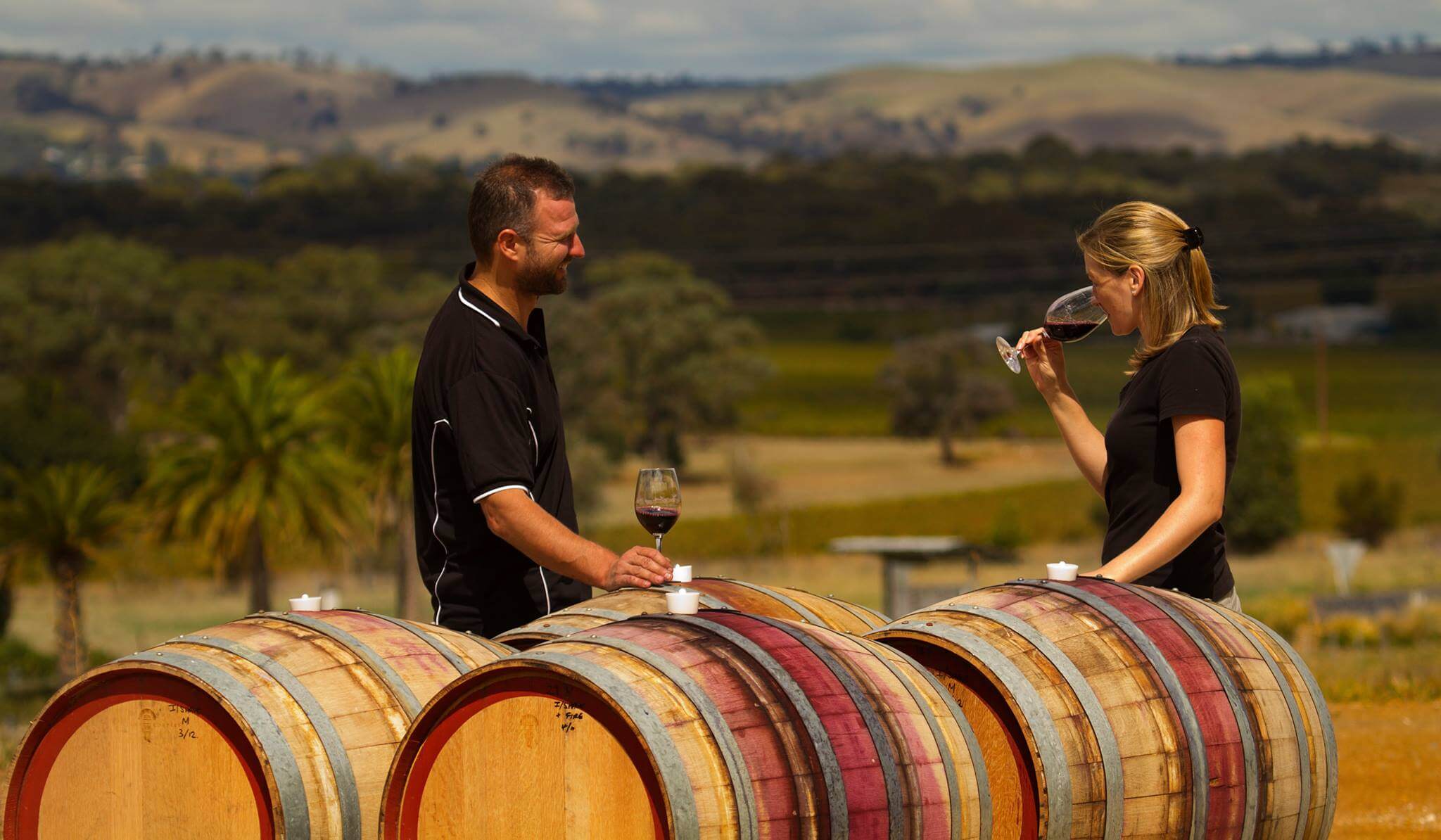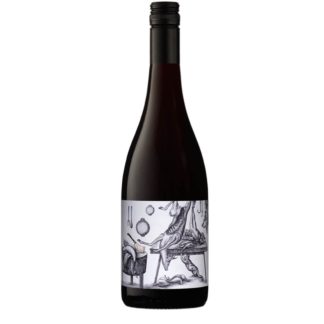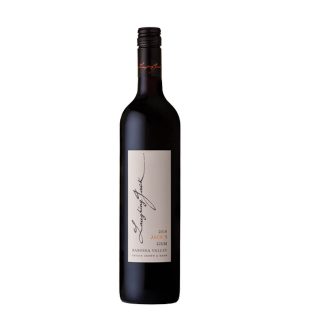Description
About Laughing Jack Wines
Laughing Jack Wines was established in 1999, when Shawn made his first release of Laughing Jack Shiraz (now known as Greenock Shiraz). A total of 355 dozen was bottled and released to the market in 2002 – Laughing Jack Wines had begun!
Laughing Jack History
While Kalleskes have been growing and selling grapes since Eduard and Rosina Kalleske settled in the Barossa Valley in 1847, it wasn’t until 1999—when sixth generation Barossan Shawn Kalleske crushed his first vintage—that Laughing Jack was born. Shawn’s first wine was crafted from five tonnes of fruit, in a tool shed he had converted into a makeshift winery.
For the first few years Shawn had help from ex-Penfolds winemaker Mick Schroeter, along with Colin and Ben Glaetzer—who processed some of the Laughing Jack fruit at their winery down the road. By 2011, Shawn along with his brothers and parents (it’s a full-on family affair) had outgrown the tool-shed winery, and in 2011 a new facility was built on Stonewell Road at Marananga.
It was a steep learning curve and Shawn readily concedes that in those Parker-era days, like others in the Barossa at the time, the wines were being picked on sugar ripeness. As Shawn told us recently “sugar ripeness doesn’t come into it at all now”. Today the focus is placed squarely on picking grapes that are flavour-ripe, with great tannin and acid balance. The emphasis is in the vineyard, with hard pruning to keep the already naturally low yields in check, planting cover crops and managing weeds by cultivation without the use of chemicals.
In the winery, traditional méthode Barossa holds sway. The reds are all fermented in open-top fermenters, basket-pressed and bottled without any fining or filtration. The use of wood these days is well-judged, with a mix of older and new French hogsheads and puncheons, together with a little American oak.
Most of our clients will know the great work of this grower through Laughing Jack’s no-brainier entry label, Jack’s Shiraz. As you will read below, the story goes so much deeper. This is a beautiful set of new single-vineyard wines, including some extremely limited 2016s—a fabulous vintage in the Barossa. With some great sites and old vines in both the Greenock and Moppa sub-regions, we’re excited to be shining a light on these classic, vineyard-driven Barossa wines from a humble and under-exposed producer.



